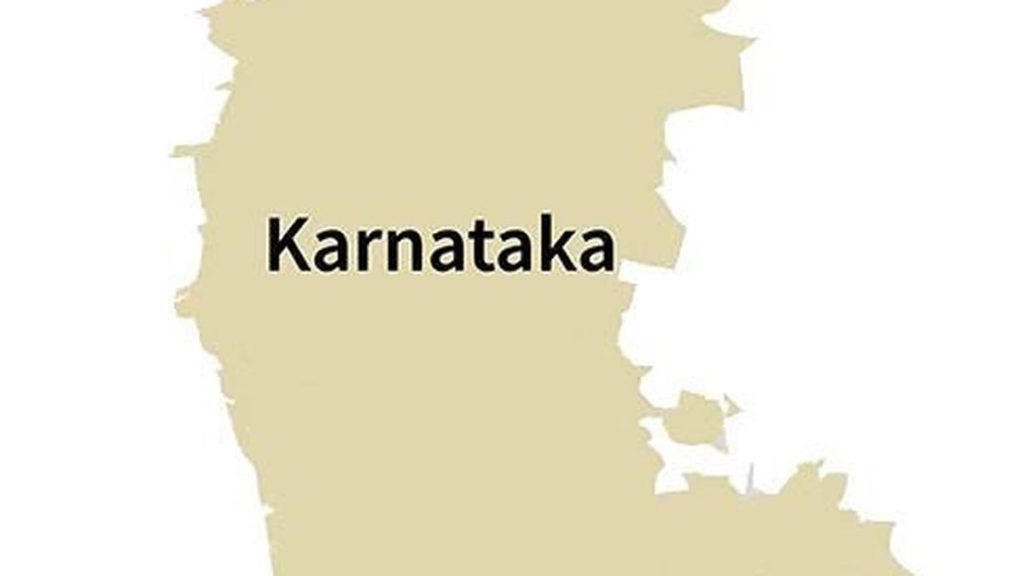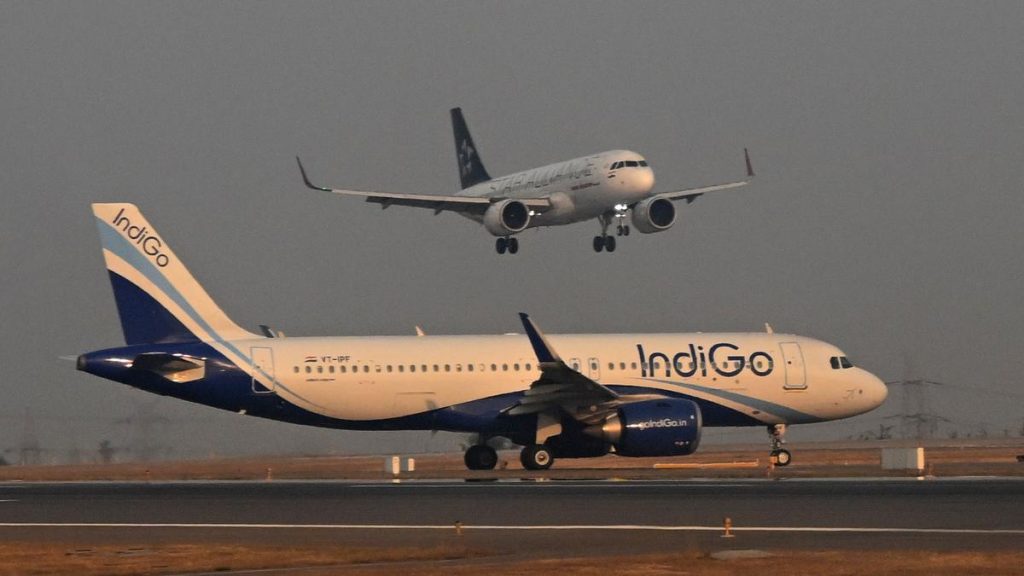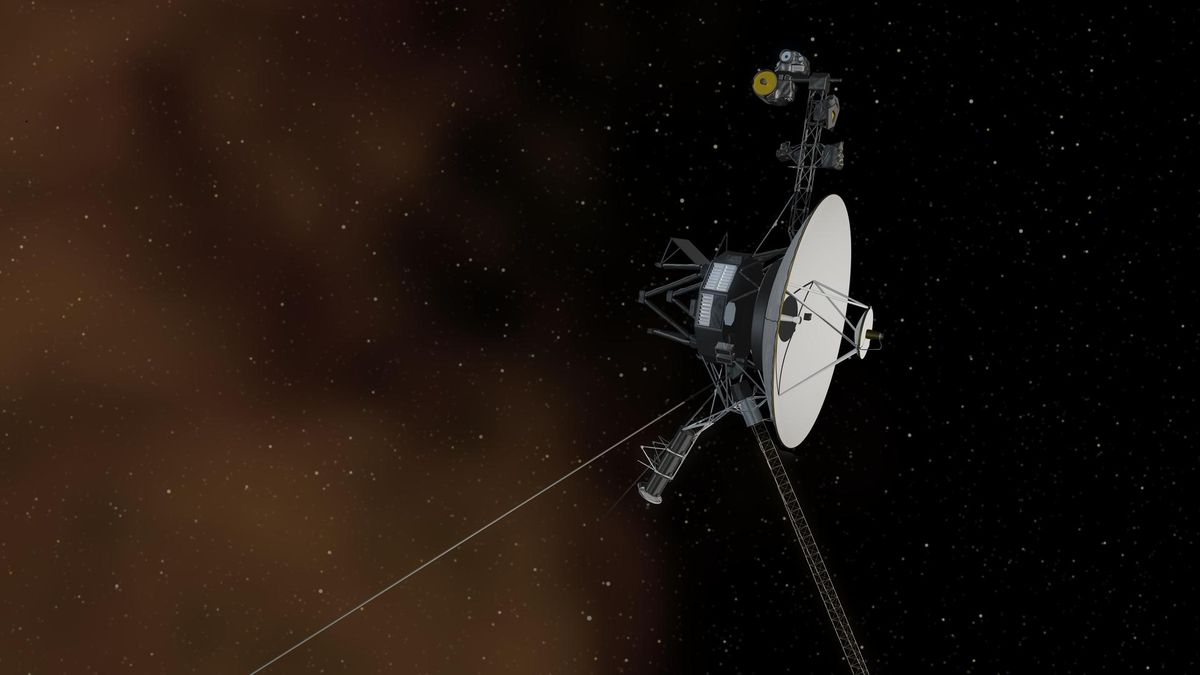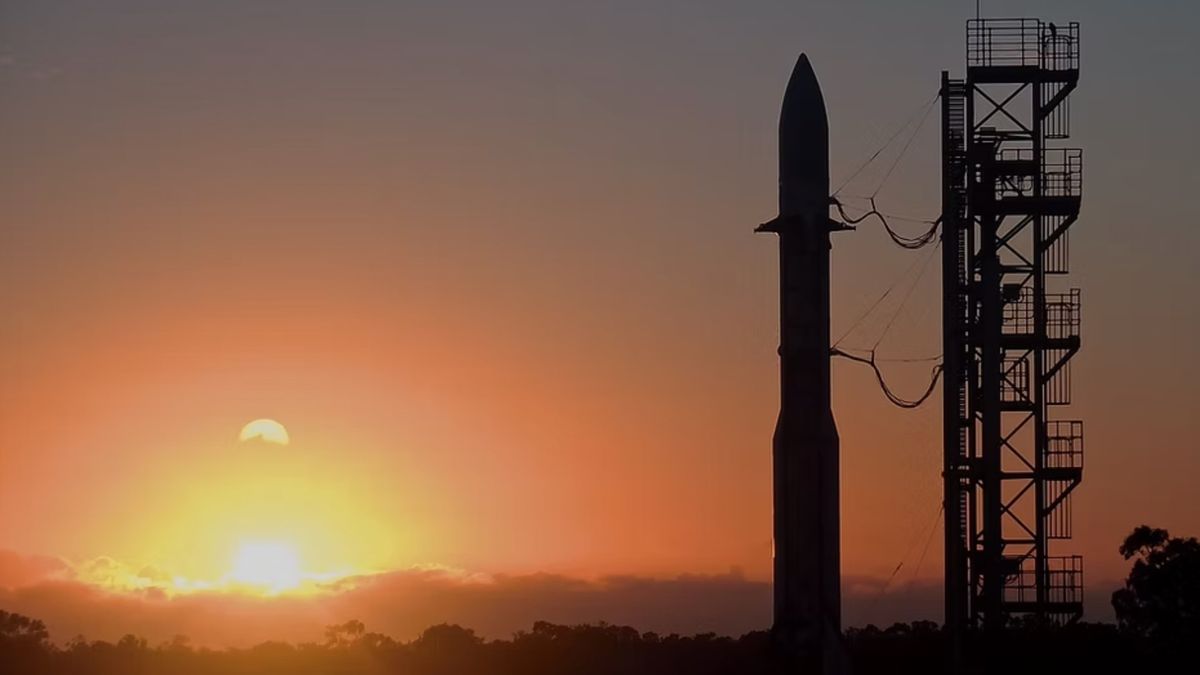Now Reading: Norway Joins NASA’s Artemis Accords for Peaceful Space Exploration
-
01
Norway Joins NASA’s Artemis Accords for Peaceful Space Exploration
Norway Joins NASA’s Artemis Accords for Peaceful Space Exploration
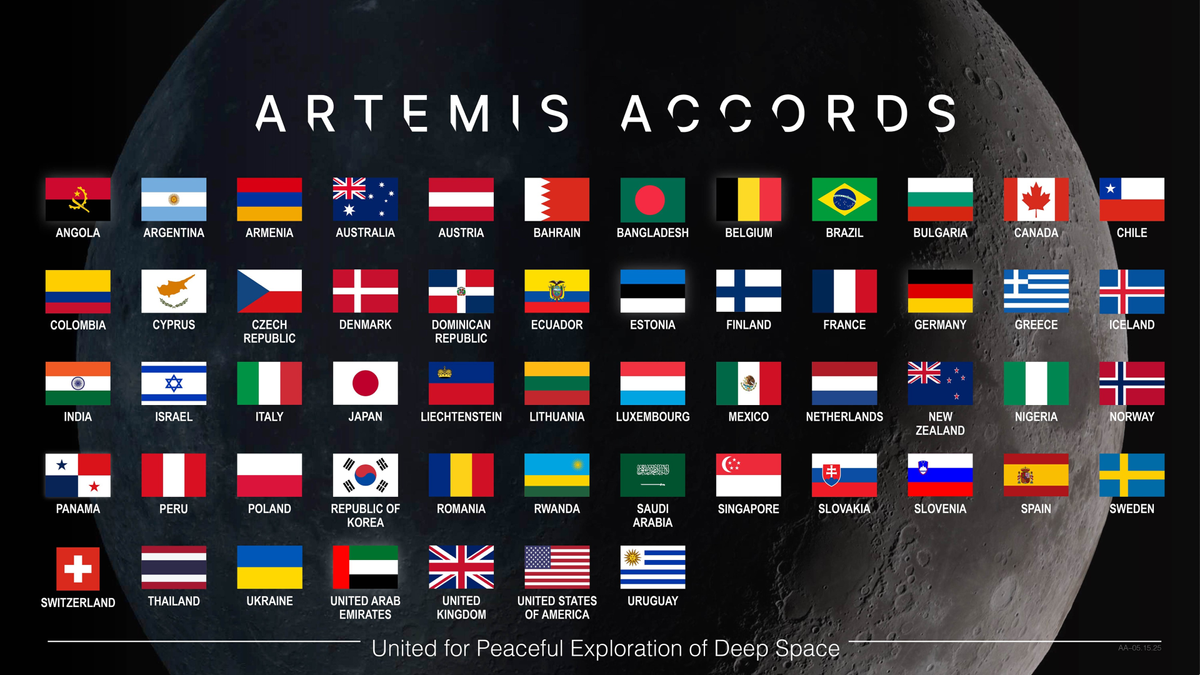
Quick Summary:
- Bangladesh is the 54th country to join NASA’s Artemis accords, marking a milestone in international space cooperation. (Image credit: NASA)
- Norway becomes the 55th nation to sign onto NASA’s Artemis Accords.
- The signing ceremony took place on May 15, 2025, at the Norwegian Space Agency in Oslo, with Minister of Trade and Industry Cecilie myrseth representing Norway.
- Established in October 2020 by the United States and seven other founding countries, Artemis Accords outline principles for peaceful and collaborative exploration of the Moon and deep space while echoing tenets of the 1967 Outer space Treaty.
- The accords aim to establish frameworks for enduring human presence on celestial bodies like the Moon and Mars as part of NASA’s Artemis program.
- Major missions under Artemis include:
– Artemis I (november 2022): Completed with an uncrewed Orion spacecraft launched into orbit around the Moon via Space Launch System (SLS).
– Artemis II: Scheduled for February 2026, will carry astronauts around the moon but faces delays due to heat shield refinement from earlier missions.
– Artemis III: Planned launch by mid-2027 aims at landing humans on lunar terrain for sustained exploration.
The current White House budget proposal reduces funding for NASA by nearly 25%, threatening future developments such as Gateway-a lunar station under consideration-and post-Artemis III stages using SLS rockets.
Indian Opinion Analysis:
India has been steadily growing its footprint in global space diplomacy through initiatives like ISRO’s collaboration programs and Chandrayaan missions. While India is not yet part of NASA’s Artemis Accords, this international framework underscores evolving multilateral norms supporting peaceful extraterrestrial exploration. its emphasis aligns well with India’s stance against weaponization in outer space as reflected previously through global treaties.
The involvement of countries like Norway focuses attention on creating common ground despite differing national capacities. However, potential tension lingers over reduced U.S. funding critical to sustaining these large-scale efforts amid geopolitical transitions. For India specifically-positioned as both an emerging technological power and a responsible stakeholder-the accords are worth assessing carefully given their implications for broader alliances targeting lunar resource governance or mars colonization debates.
India may see opportunities here if it opts to partake; systematically sharing its expertise would enhance status alongside crafting equitable rules globally benefiting lower-space-economic nations too similar aligned parties/group!


